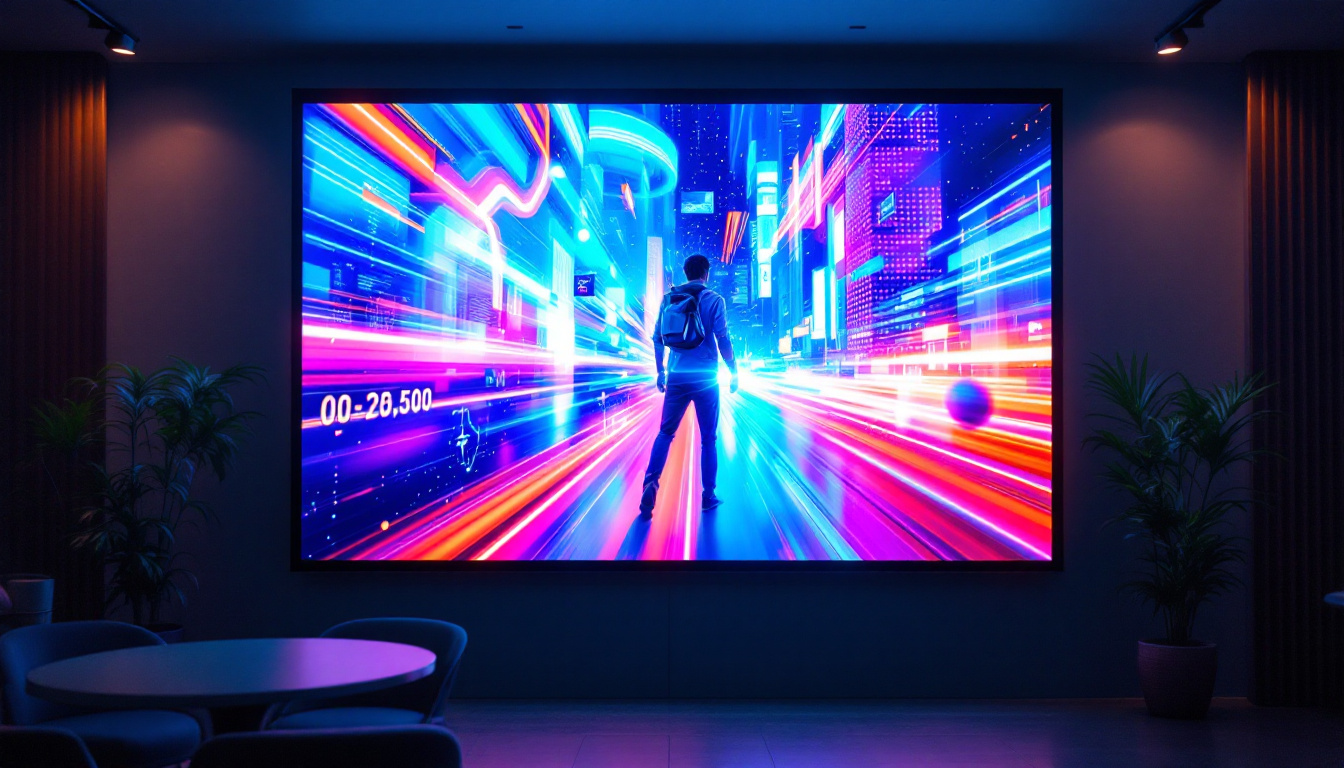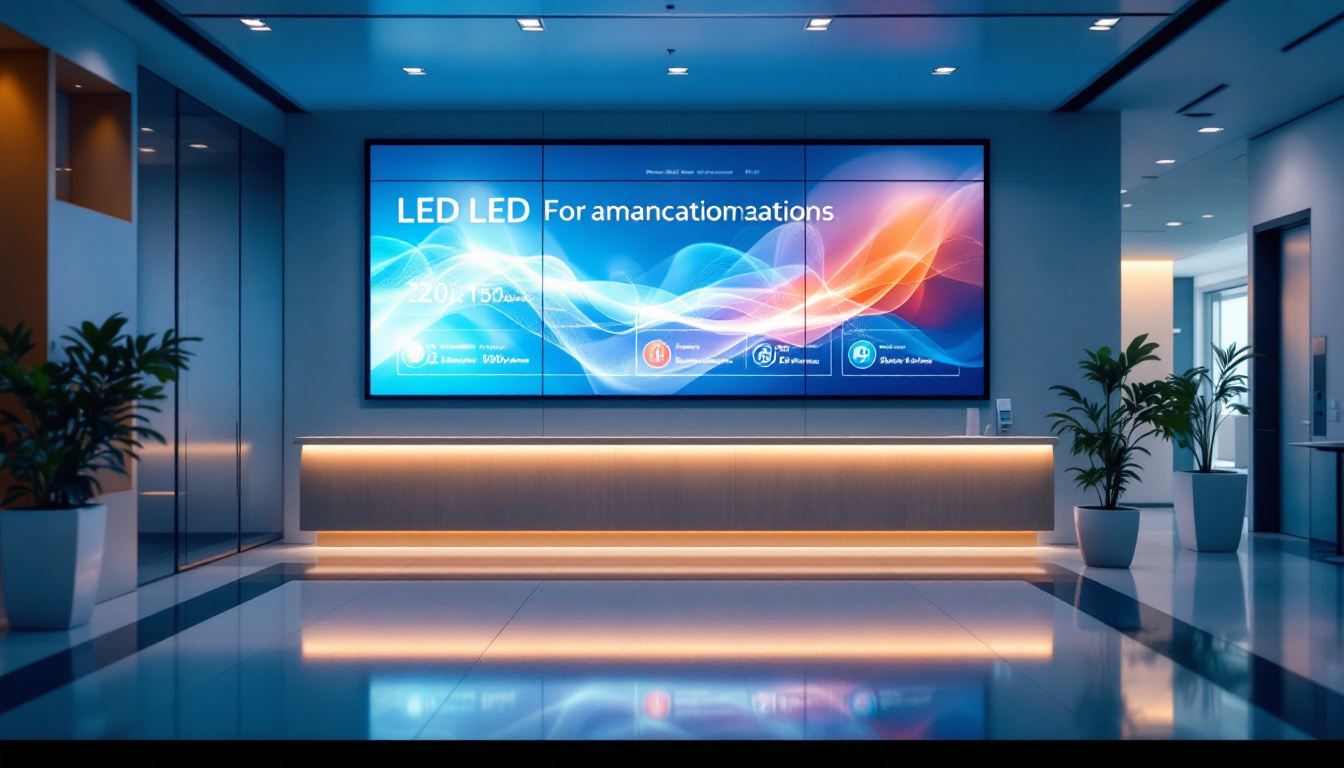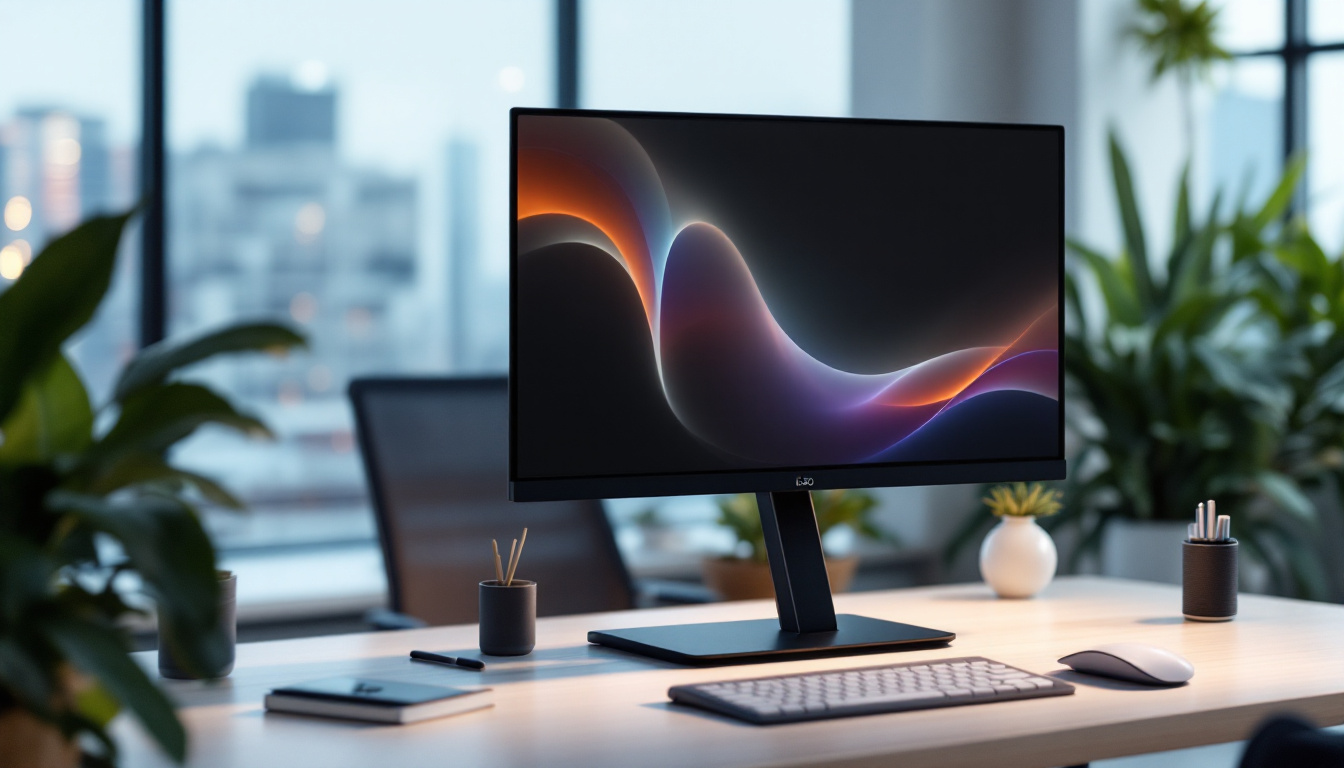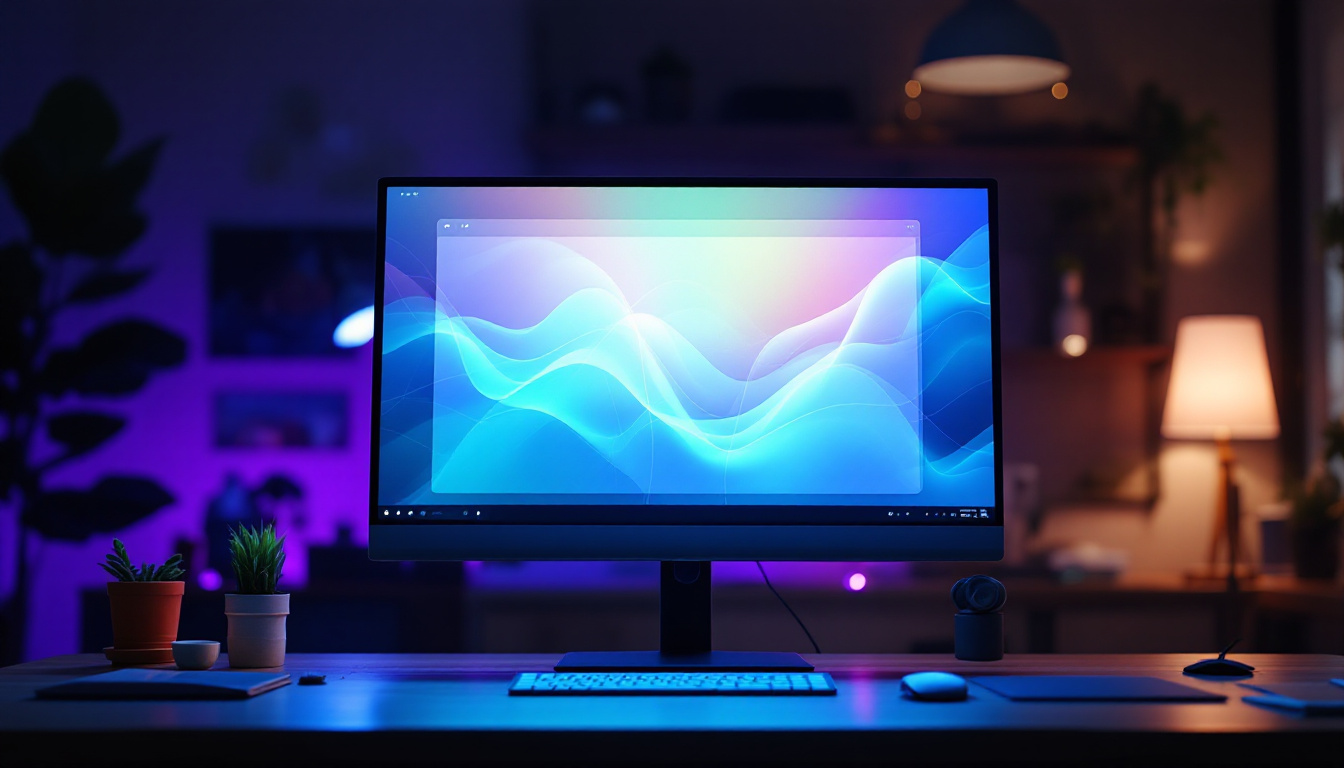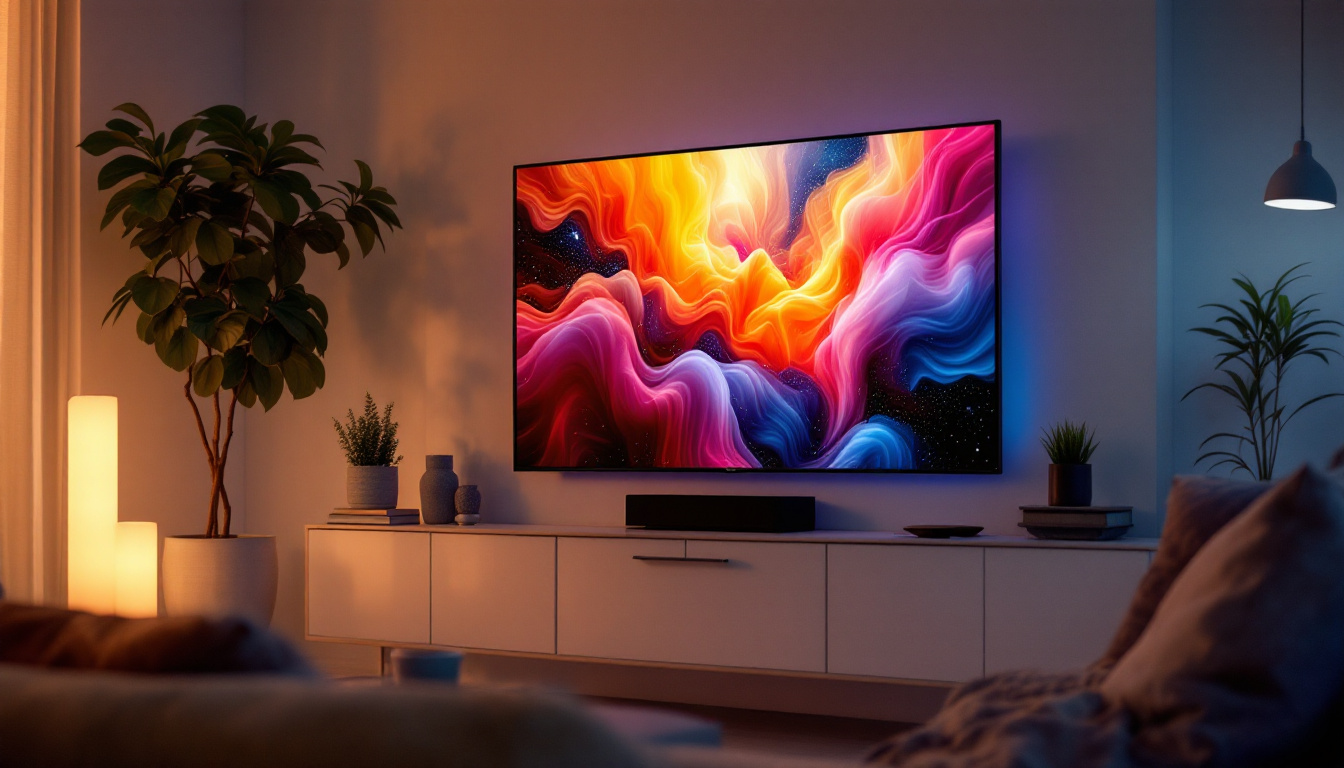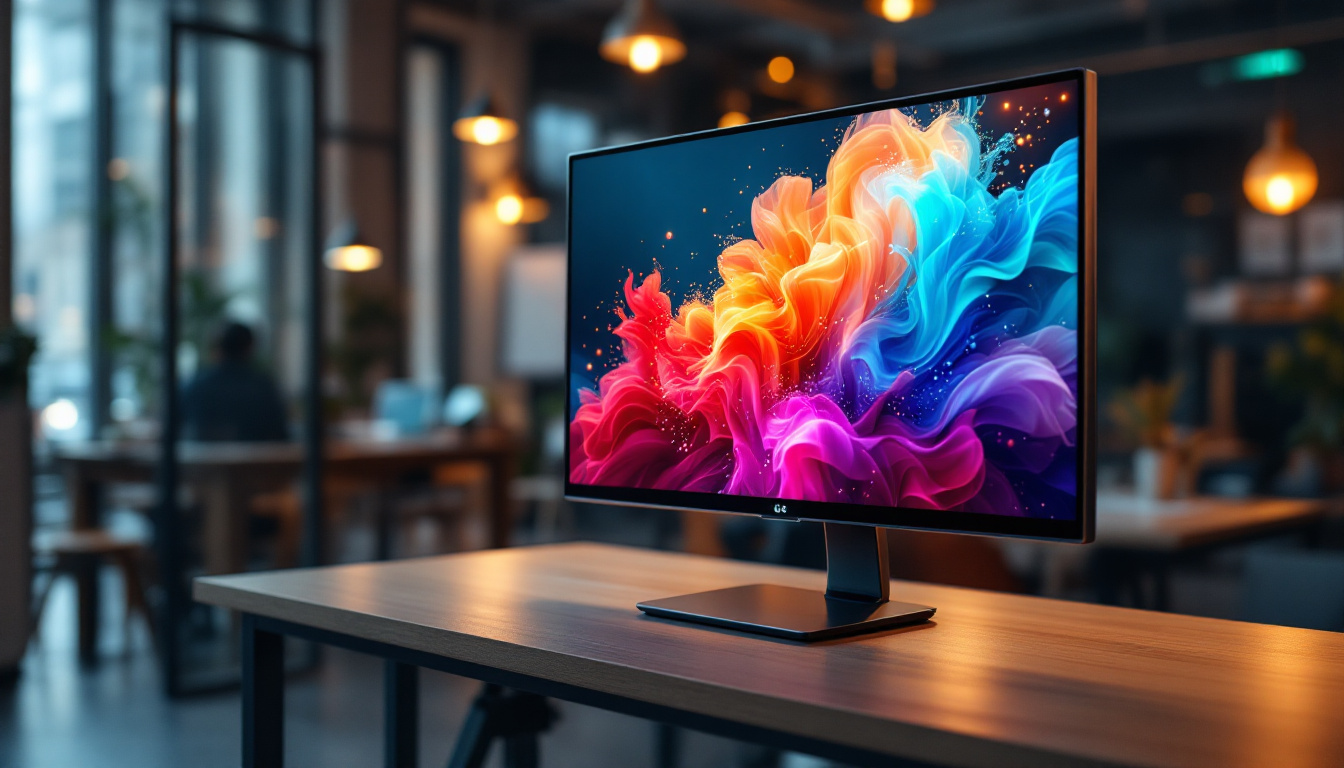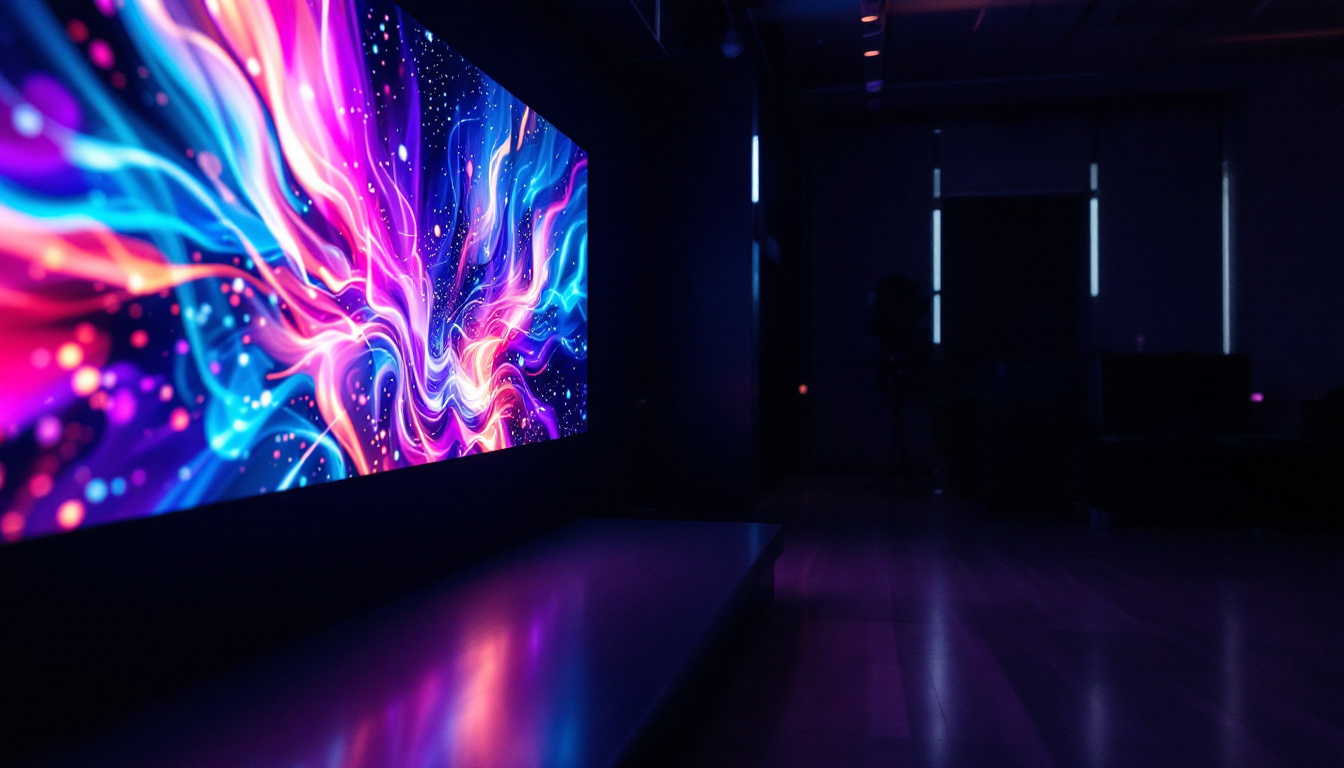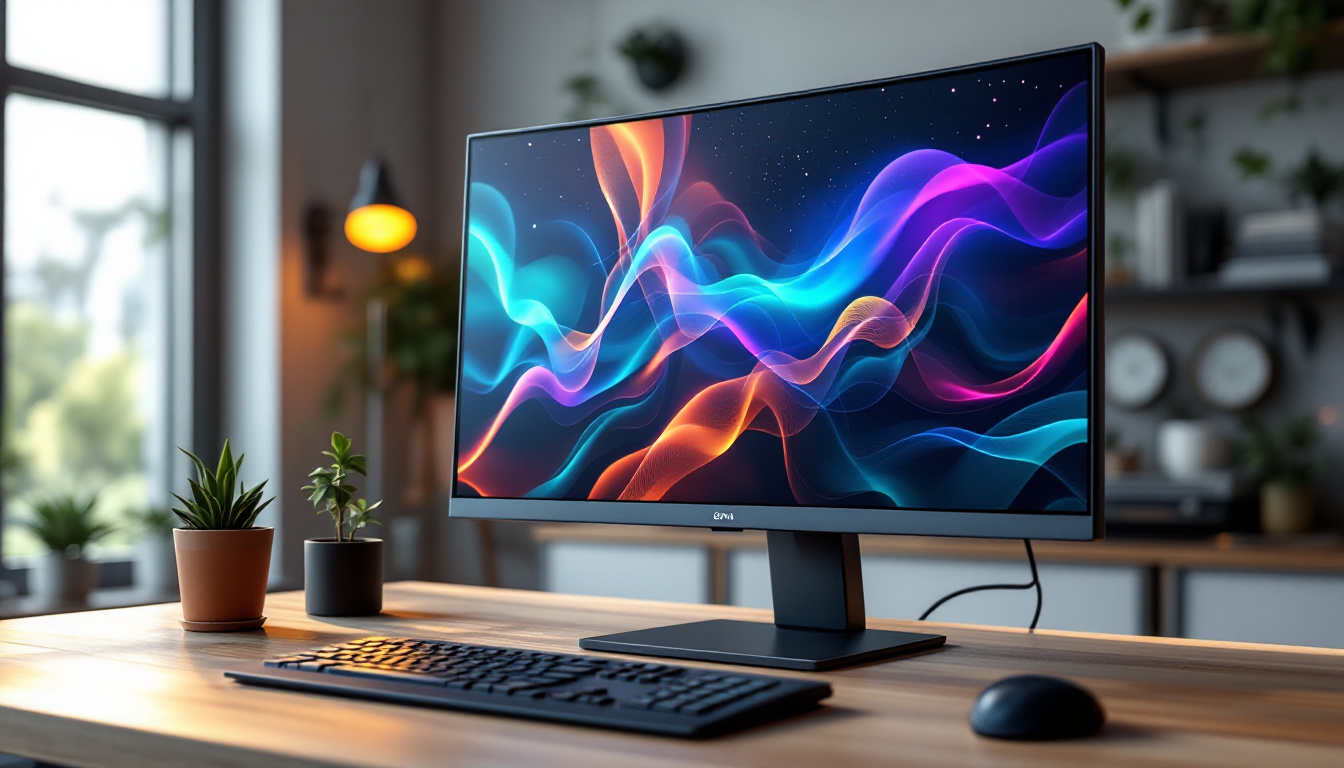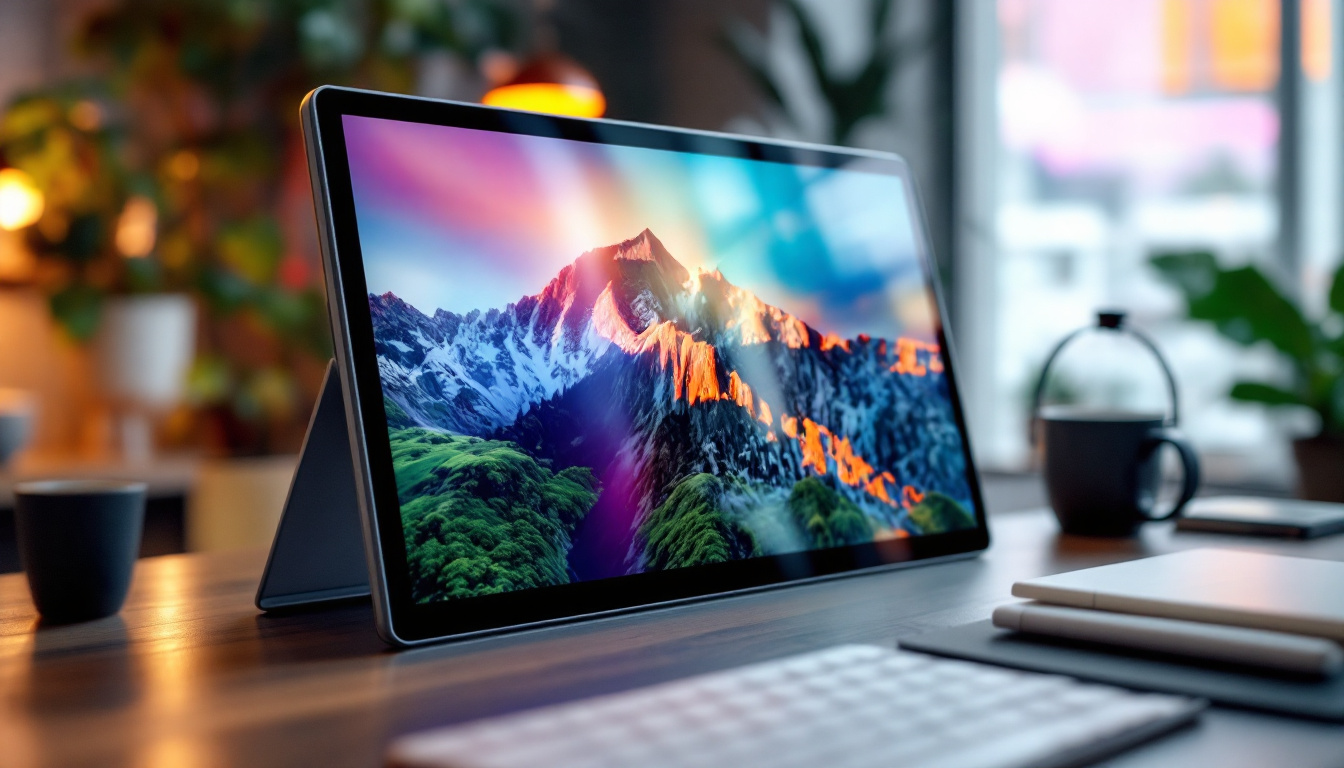In today’s fast-paced business environment, technology plays a pivotal role in enhancing productivity and streamlining operations. One of the most significant advancements in this arena is the touch screen monitor. These devices, particularly those featuring LED displays, have transformed the way businesses interact with technology, customers, and each other. This article delves into the intricacies of touch screen monitors for business, focusing on the advantages of LED displays, their applications, and factors to consider when selecting the right monitor.
Understanding Touch Screen Monitors
Touch screen monitors are versatile devices that combine display and input functionalities. They allow users to interact directly with what is displayed on the screen, making them intuitive and user-friendly. The integration of touch technology with LED displays has further enhanced their appeal in various business settings. As technology continues to evolve, touch screen monitors are becoming increasingly common in environments ranging from classrooms to hospitals, where quick access to information and ease of use are paramount.
The Technology Behind Touch Screens
Touch screen technology can be categorized into several types, including resistive, capacitive, and infrared. Each type has its unique characteristics and applications. Capacitive touch screens, for instance, are known for their high sensitivity and multi-touch capabilities, making them ideal for interactive applications. In contrast, resistive screens are more affordable and can be used with gloves or styluses, which is beneficial in certain industrial environments. Additionally, infrared touch screens utilize light beams to detect touch, providing a durable solution that is less susceptible to wear and tear, making them suitable for high-traffic areas.
LED (Light Emitting Diode) technology is commonly used in modern touch screen monitors. LED displays offer superior brightness, contrast, and energy efficiency compared to traditional LCD screens. This technology not only enhances visual clarity but also reduces power consumption, making it an environmentally friendly choice. Furthermore, advancements in LED technology have led to the development of OLED (Organic Light Emitting Diode) displays, which provide even richer colors and deeper blacks, creating an immersive viewing experience that is particularly beneficial for graphic design and video editing applications.
Benefits of Touch Screen Monitors in Business
Touch screen monitors provide numerous advantages for businesses. One of the primary benefits is their ability to facilitate interactive presentations and training sessions. Employees can engage with content directly, leading to improved retention and understanding. This hands-on approach not only fosters a more dynamic learning environment but also encourages collaboration among team members, as they can easily share ideas and feedback in real-time.
Moreover, touch screens can enhance customer experiences in retail environments. Customers can browse products, access information, and even make purchases directly from the screen, which streamlines the shopping process. This level of interactivity can significantly increase customer satisfaction and drive sales. In addition, touch screen kiosks can be utilized for self-service options, reducing wait times and allowing staff to focus on more complex customer needs. The ability to customize the interface for different promotions or seasonal offerings also allows businesses to remain agile and responsive to market trends.
Applications of Touch Screen Monitors in Business
The versatility of touch screen monitors makes them suitable for a wide range of business applications. From retail to healthcare, these devices are making a significant impact across various industries.
Retail Environments
In retail, touch screen monitors are used for digital signage, self-service kiosks, and point-of-sale systems. digital signage powered by LED displays can attract customers with vibrant visuals and dynamic content. Self-service kiosks allow customers to place orders or check in without the need for staff assistance, improving operational efficiency.
Point-of-sale systems equipped with touch screens simplify transactions, allowing cashiers to process sales quickly and accurately. The intuitive interface reduces training time for new employees, enabling businesses to focus on customer service rather than operational hurdles.
Healthcare Sector
In healthcare, touch screen monitors are increasingly utilized for patient check-in, electronic medical records, and telemedicine applications. Patients can interact with kiosks to check in for appointments, reducing wait times and improving the overall experience.
Healthcare professionals benefit from touch screen monitors that allow for quick access to patient records and data entry. The ability to interact with digital charts and medical information directly on the screen enhances workflow efficiency and accuracy.
Education and Training
Educational institutions are also leveraging touch screen monitors for interactive learning experiences. These devices can facilitate group activities, presentations, and collaborative projects. With the ability to display multimedia content, educators can engage students more effectively.
Training sessions in corporate environments can also benefit from touch screen technology. Interactive presentations can lead to more engaging and memorable learning experiences, ultimately contributing to employee development and productivity.
Key Features to Consider When Choosing a Touch Screen Monitor
When selecting a touch screen monitor for business use, several key features should be taken into account. Understanding these features can help ensure that the chosen monitor meets the specific needs of the organization.
Screen Size and Resolution
The size of the monitor is crucial, as it impacts visibility and usability. Larger screens are generally more suitable for collaborative environments, while smaller screens may suffice for individual use. Additionally, the resolution of the display should be high enough to ensure clear and sharp images, particularly for detailed graphics or text.
For businesses that require high-definition content, a monitor with at least Full HD (1920 x 1080) resolution is recommended. Higher resolutions, such as 4K, may be necessary for specialized applications, such as graphic design or video editing.
Touch Technology
As previously mentioned, the type of touch technology used in the monitor is a critical consideration. Capacitive touch screens are generally preferred for their responsiveness and multi-touch capabilities. However, in environments where users may wear gloves or need to use a stylus, resistive touch screens may be more appropriate.
Additionally, the durability of the touch surface is essential, especially in high-traffic areas. Monitors with reinforced glass or anti-glare coatings can withstand frequent use and maintain clarity over time.
Connectivity Options
Connectivity is another vital feature to evaluate. A touch screen monitor should offer multiple connectivity options, including HDMI, USB, and DisplayPort, to accommodate various devices. Wireless connectivity options, such as Wi-Fi or Bluetooth, can also enhance flexibility and ease of use.
Furthermore, compatibility with existing systems and software is essential to ensure seamless integration into the business’s technology ecosystem.
Cost Considerations
While investing in touch screen monitors can yield significant benefits, cost is an important factor to consider. The price of these devices can vary widely based on features, brand, and specifications. Businesses should weigh the initial investment against the potential return on investment (ROI) that enhanced productivity and customer engagement can provide.
Budgeting for Touch Screen Monitors
When budgeting for touch screen monitors, it is essential to account for not only the purchase price but also any additional costs associated with installation, maintenance, and software integration. Some businesses may opt for leasing options, which can spread costs over time and allow for upgrades as technology evolves.
Additionally, considering the long-term savings associated with energy-efficient LED displays can help justify the upfront costs. These monitors typically consume less power, leading to reduced utility bills over time.
Evaluating Total Cost of Ownership
The total cost of ownership (TCO) is a critical metric when evaluating the financial implications of touch screen monitors. TCO includes not only the initial purchase price but also ongoing expenses such as maintenance, support, and potential upgrades.
By assessing TCO, businesses can make informed decisions that align with their budgetary constraints while still investing in technology that enhances their operations.
Future Trends in Touch Screen Technology
The landscape of touch screen technology is constantly evolving, driven by advancements in innovation and changing user needs. Staying informed about these trends can help businesses make strategic decisions regarding their technology investments.
Integration with Artificial Intelligence
One of the most exciting trends in touch screen technology is the integration of artificial intelligence (AI). AI can enhance the functionality of touch screens by enabling voice recognition, predictive text, and personalized user experiences. This integration can lead to more efficient interactions and improved customer service.
For instance, AI-powered touch screens can analyze user behavior and preferences, providing tailored content and recommendations. This level of personalization can significantly enhance customer engagement and satisfaction.
Advancements in Display Technology
As display technology continues to advance, businesses can expect improvements in screen quality, durability, and energy efficiency. Innovations such as OLED (Organic Light Emitting Diode) displays may offer even better color accuracy and contrast than traditional LED displays.
Additionally, developments in flexible and foldable screens could open new possibilities for touch screen applications, allowing for unique designs and functionalities that cater to specific business needs.
Enhanced Security Features
With the increasing reliance on touch screen technology, security has become a paramount concern. Future touch screen monitors may incorporate advanced security features, such as biometric authentication, to protect sensitive information and ensure secure transactions.
As businesses continue to prioritize data security, investing in touch screens with robust security measures will be essential to safeguard against potential threats.
Conclusion
Touch screen monitors with LED displays have become indispensable tools in the modern business landscape. Their ability to enhance interactivity, streamline processes, and improve customer experiences makes them a valuable investment for organizations across various industries.
When selecting a touch screen monitor, businesses must consider factors such as screen size, touch technology, connectivity options, and total cost of ownership. By staying informed about the latest trends and advancements in touch screen technology, organizations can make strategic decisions that align with their goals and enhance their operational efficiency.
As technology continues to evolve, the potential applications and benefits of touch screen monitors will only grow, paving the way for a more interactive and efficient future in business.
Discover LumenMatrix’s Advanced LED Display Solutions
Ready to elevate your business with the latest in touch screen technology? LumenMatrix is at the forefront of LED display innovation, offering a wide array of solutions tailored to meet your unique needs. From captivating Indoor LED Wall Displays to dynamic Outdoor LED Wall Displays, and from versatile Vehicle LED Displays to sleek LED Poster Displays, our products are designed to enhance brand visibility and engage your audience. Experience the future of visual communication with LumenMatrix’s LED Sports Displays, interactive Floor LED Displays, and the revolutionary All-in-One LED Display. Don’t miss out on the opportunity to transform your business’s approach to digital signage. Check out LumenMatrix LED Display Solutions today and start creating unforgettable visual experiences.




